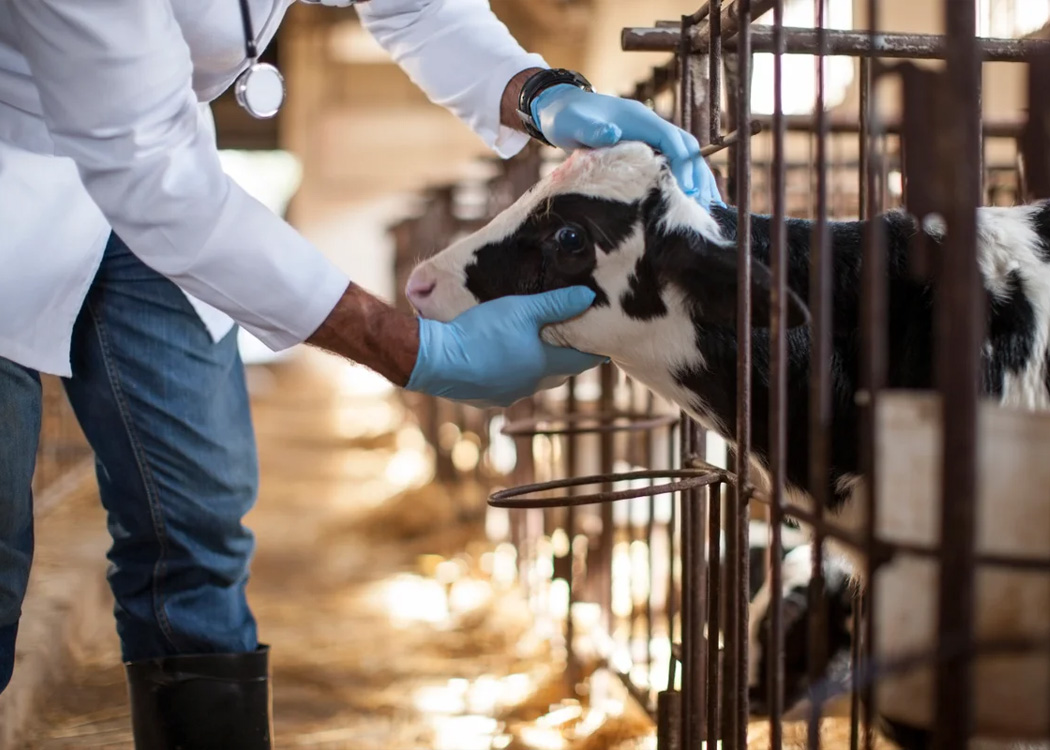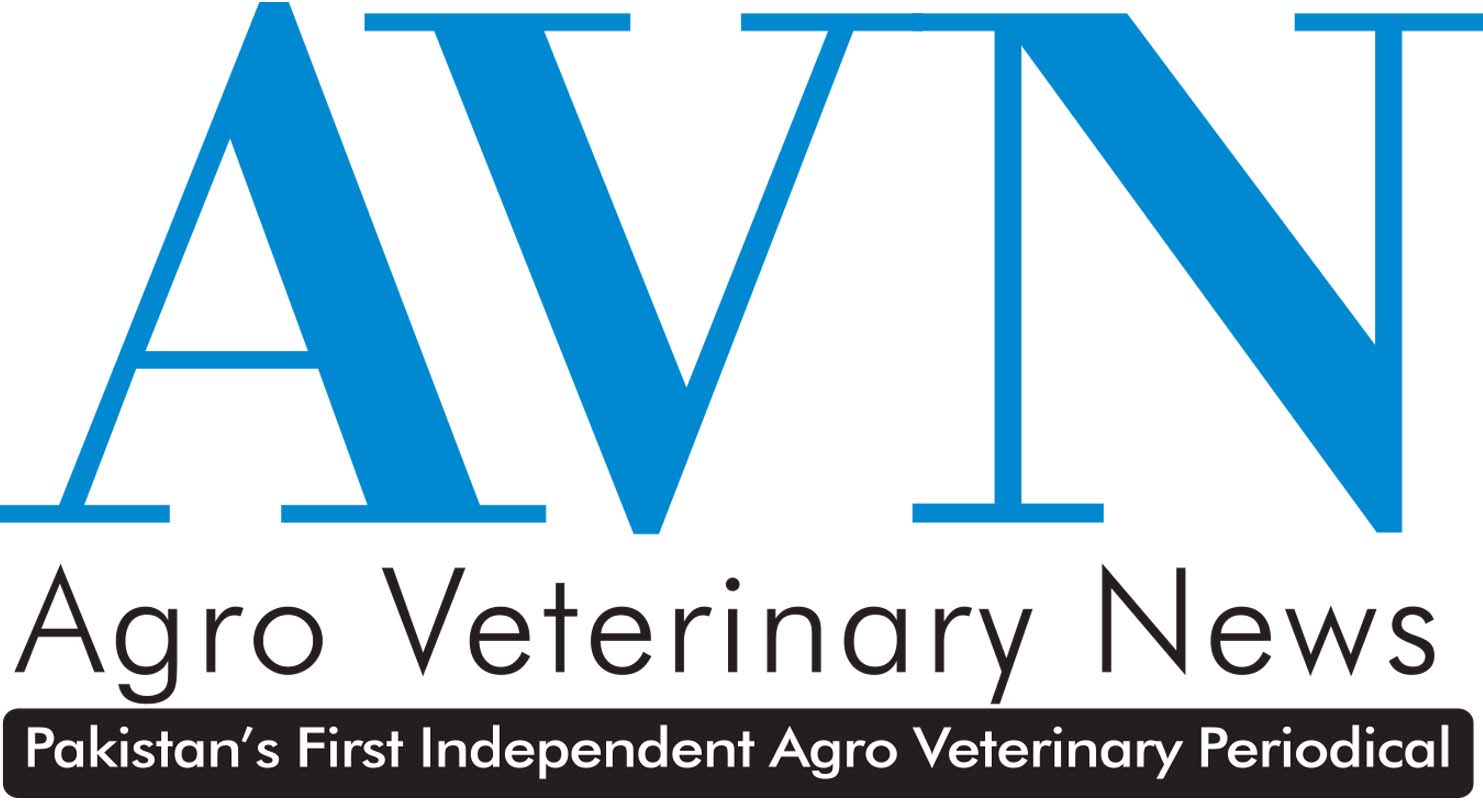WASHINGTON: In a bold appeal to federal lawmakers, California State Veterinarian Dr. Annette Jones has called for the urgent approval of a vaccine against highly pathogenic avian influenza (HPAI) in dairy cattle, warning that the delay is putting the nation’s livestock industry and public health at risk.
Speaking before the House Agriculture Subcommittee on Livestock, Dairy and Poultry, Dr. Jones emphasized the critical need for a proactive vaccination strategy to curb the virus’s spread among dairy herds. “We needed a vaccine yesterday,” she said. “Especially in states still free from infection, vaccination can be a powerful tool to prevent disaster.”
Dr. Jones, who also serves as director of Animal Health and Food Safety Services at the California Department of Food and Agriculture, urged USDA to act swiftly. “If I were a poultry, beef, swine or dairy producer, I’d be banging my fist on the table to prioritize vaccination for dairy cattle—even before poultry,” she said. “If we can keep trade doors open while millions of dairy cows are infected with H5N1, then surely we can do the same with targeted vaccine protection.”
Rising cases, soaring costs
Jones’ testimony highlighted the concerning trend: 12 out of 17 states with infected dairy cattle have reported poultry outbreaks linked to those herds, pointing to the growing cross-species transmission risk.
The HPAI outbreak has already cost the USDA nearly $2 billion, with Jones warning that the toll on animals, people, and the economy could rise significantly without rapid detection and effective vaccination tools.
Congress Responds with Funding Boost
In response to the crisis, lawmakers pointed to new investments aimed at strengthening the nation’s animal disease response systems.
Rep. Tracey Mann (R-Kan.) highlighted the role of the One Big Beautiful Bill Act, which allocates $233 million annually to support three critical pillars:
- The National Animal Health Laboratory Network (NAHLN)
- The National Animal Disease Preparedness and Response Program
- The National Animal Vaccine and Veterinary Countermeasures Bank
This includes an additional $10 million yearly for NAHLN labs, expanding diagnostic capabilities and bolstering national biosecurity.
UC Davis, National Labs on the Frontlines
Rep. Jim Costa (D-Calif.), subcommittee ranking member, praised the role of the University of California, Davis in detecting and controlling HPAI outbreaks but criticized past staffing cuts under the Trump administration. “Slashing disease coordination roles during a major outbreak was reckless and short-sighted,” Costa said. “We’re now seeing the consequences of those decisions.”
Officials from top veterinary diagnostic labs in Kansas, Iowa, and Texas also testified, emphasizing how their laboratories — including the National Veterinary Services Laboratory in Ames, Iowa, and the Foreign Animal Diagnostic Disease Laboratory at Plum Island — are working in concert to provide early detection and real-time data on foreign animal disease threats.
Conclusion: Urgency Meets Opportunity
With dairy cattle now increasingly vulnerable to avian influenza H5N1, experts warn that the nation’s window for containment is narrowing.
Jones’ message to Congress was clear: approving and deploying an HPAI vaccine for cattle is not only feasible—it’s essential.
“As the virus spreads and the economic impact deepens, the science is telling us what we already know: prevention is cheaper—and far safer—than cure,” she said.





